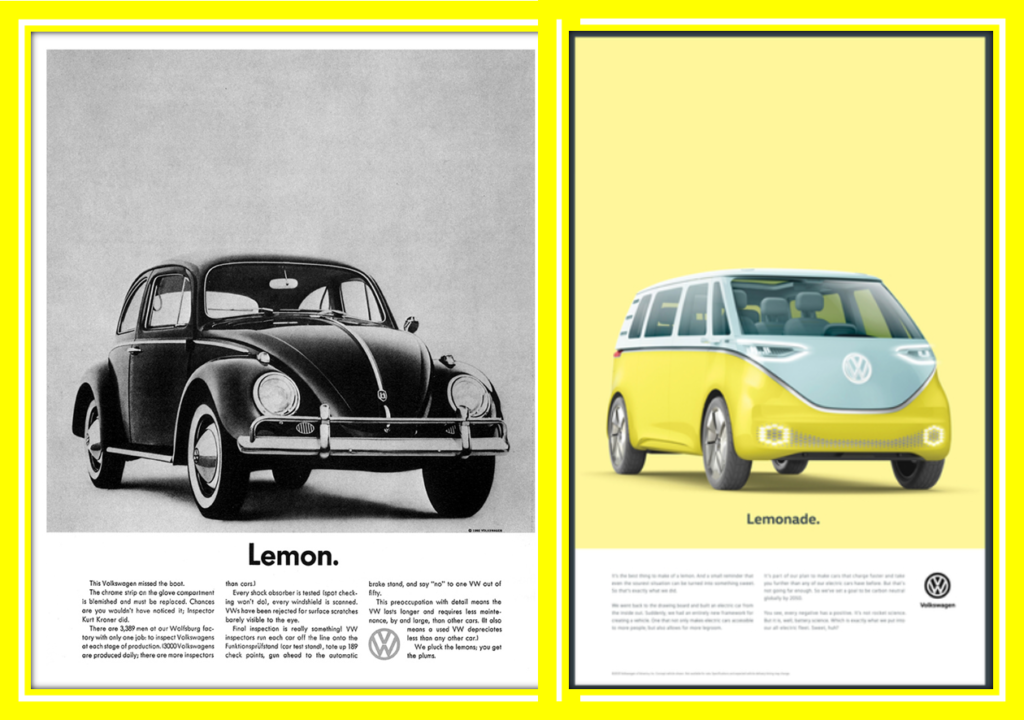
We talk a lot about brand building in this blog. These days, branding covers a lot of ground. It’s always been about products and services, but in recent years, branding has made a shift to people. Everywhere you look on the web, there are signs galore about how to create, shape, and grow personal brands. From being an “influencer” to having your own Twitch or YouTube channel, regular people have become brands.
Whether you’re looking at the Kardashians, Donald Trump, or Oprah, it’s about elevating and accentuating brand influence – and selling branded products. Last week, the Obamas announced a podcast deal on Spotify, the latest in ongoing examples of brand leveraging.
But how were these brands built in the first place? Most were not created on social media (although it’s possible to do it in that space). When you look at some of the biggest and best brands in the marketplace – companies and people – chances are good the foundations of their brands were built years or even decades ago.
That’s certainly the case with the newest Volkswagen campaign that is gracing your media universe right now. You’ll be hard-pressed to find another company that’s endured a more scandalous period than VW did with “Dieselgate” starting in 2015. So, the challenge comes down to how to turn a brand disaster into well, lemonade.
The ads at the top of this post were created more than a half century apart. But they are built on the same great bones VW established back in the ’60s, when the Beetle symbolized quality, economy, fun, and going against the grain of the Detroit auto establishment: chrome, fins, and V8 engines. And obsolescence.
In a new campaign – “Hello Light” – VW owns right up to the company’s mistakes, literally going back to the drawing board, and launching a whole new electric initiative. Of course, the U.S.-based agency – Johannes Leonardo – is using a classic as the soundtrack to VW’s transformation, Simon & Garfunkel’s “The Sound of Silence” that musically tracks the brand’s trajectory from darkness to light.
The bookend ads at the top of this post depict the chronology of how VW is lifting itself up from the ashes of scandal, went back to its basics, and was inspired by its past. The end result is an electric vehicle set to compete in a couple years – the ID. buzz (pictured in the “Lemonade” ad above right). It has been strongly influenced by the trusty old VW Microbus, once a symbol of the hippie movement. And soon it will become emblematic of VW’s revival.
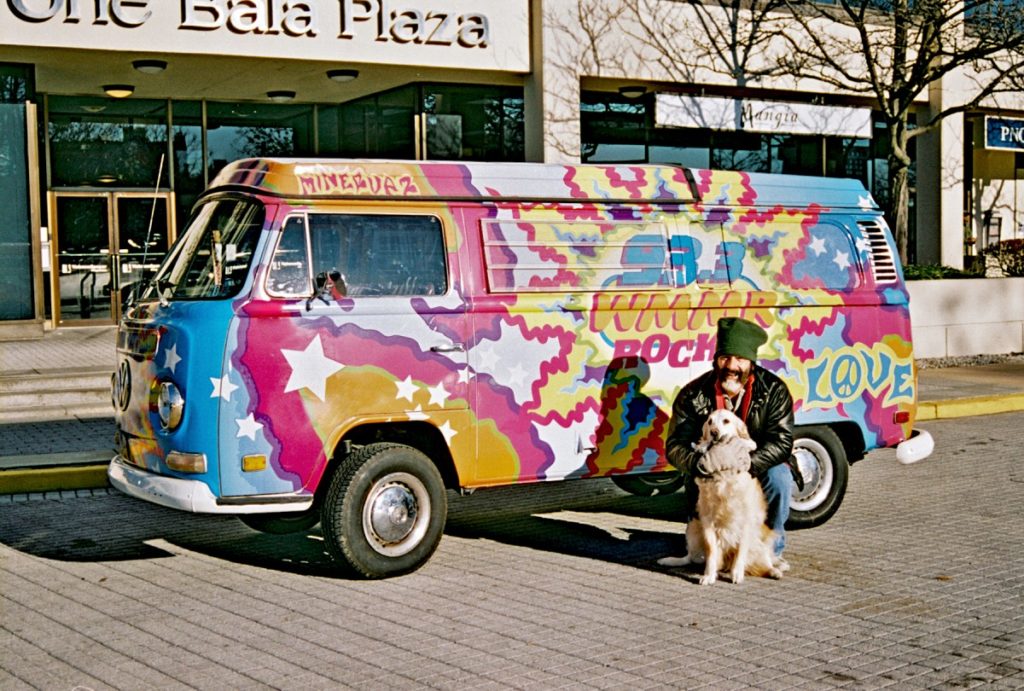
As VW of America’s SVP Marketing, Jim Zabel, explained, “Our biggest mistake has led to the biggest transformation in the company’s history.”
Lemons to lemonade.
Volkswagen could not pull that off if their brand lacked a strong, rich history, built by a great product, and promoted by the marketers and creative types way back in the Don Draper era of Madison Avenue.
Thanks to the brilliant work done in the 1960s, VW is positioned to raise itself from the ashes in the 2020s.
The VW brand has great bones.
Which brings us to radio.
Despite the many sales, consolidations, staff cutbacks, and the other tumult that has impacted the entire radio industry over the past 20 years or so, some brands have endured – even thrived throughout the chaos.
Yes, even some of the old line AMs are still on the air, performing at respectable levels. Some have weathered the storms better than others. Many are shadows of their former selves.
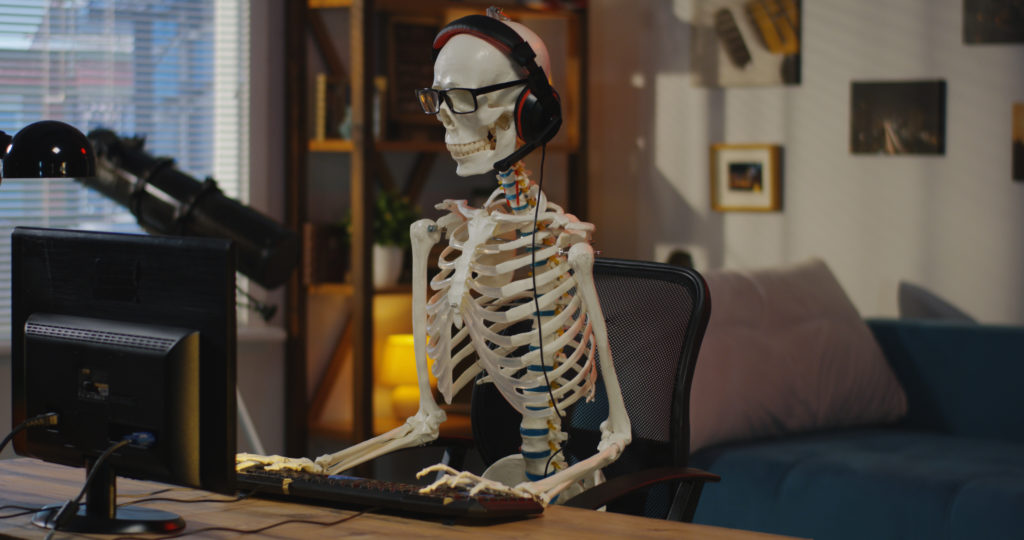 Remarkably, the FM stations that have stood the test of time are more likely to be Rockers (or Classic Rockers) – many of which have recently or will soon celebrate 50th birthdays. But more important than even the music they play is the lifestyle they represent and the attitude they convey. Like the VW Beetle, they came to represent something special in the early days of FM radio. And the truly great ones exude much of that same attitude and swagger today.
Remarkably, the FM stations that have stood the test of time are more likely to be Rockers (or Classic Rockers) – many of which have recently or will soon celebrate 50th birthdays. But more important than even the music they play is the lifestyle they represent and the attitude they convey. Like the VW Beetle, they came to represent something special in the early days of FM radio. And the truly great ones exude much of that same attitude and swagger today.
Great bones.
And in almost every case, great stewardship. And by that I mean the survivors – and thrivers – have been protected by a group of modern-day programmers who should get more credit than they do. Stalwarts like KISW, WRIF, KQRS, KLOS, WMMR, WDVE, KSHE, WCMF, KLBJ and a handful of others were helmed by pros who not only understood how to get ratings, but also how to nurture and build their precious brands.
We’re talking rock royalty. In many cases, they are also the most successful FM stations in their markets, by virtue of their consistency, longevity, performance, and profitability.

In almost every case, the “heavy lifting” was done decades ago – in many cases, back in the ’70s and ’80s when these stations were relatively new. As was the case with that old school VW team, the tracks of greatness were laid years and years ago. That’s the best way to explain how they’ve survived the consolidation era, as well as the last several years of digital erosion. The brand strength from their earlier years build that strong foundation that has enabled them to survive.
Great bones.
Not every heritage rocker has survived. The casualties – KLOL, WBCN, KTXQ, KZEW, WNEW-FM, WABX, WLUP, KMET, WPLJ – are far more numerous. These brands often left loyal audiences with a great sense of sadness and loss when they departed the broadcast radio dial. I’ve conducted enough focus groups over the years to hear the lamentations of fans who felt a great sense of letdown and emptiness when the station that shaped their musical tastes flipped to Christian, Variety Hits, or Hot AC formats.
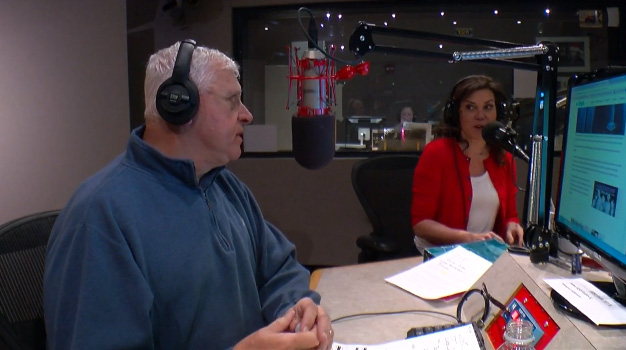
But what of the brands that have navigated the changes, all of which have been sold to multiple owners over these past 50 or so years? Oftentimes, it was their PDs, personalities, and managers who raised their games to protect these jewels and what they have meant to their communities.
Today, too many of them are taken for granted in a cluster mindset that conspires against the weakest brands – but also the strongest ones. Too often, these heritage brands are neglected by management and ownership. Their sustainability and profitability is assumed. If they’ve survived for 50 years, they can certainly get along without a music test this year, a billboard campaign, or that live personality at night.
On the sales front, they’ve been ganged together with a portfolio of lessor radio stations in the cluster, often sold and marketed as a collection, rather than the crown jewels they are. Their trust level in the marketplace – by virtue of their brand strength and their major personalities – is unmatched by the other stations in the group. And chances are, they are best in the cluster at delivering results to the advertisers who get it. Too often, sellers leave money on the table when these superstar stations are tethered together with a group of more pedestrian outlets.
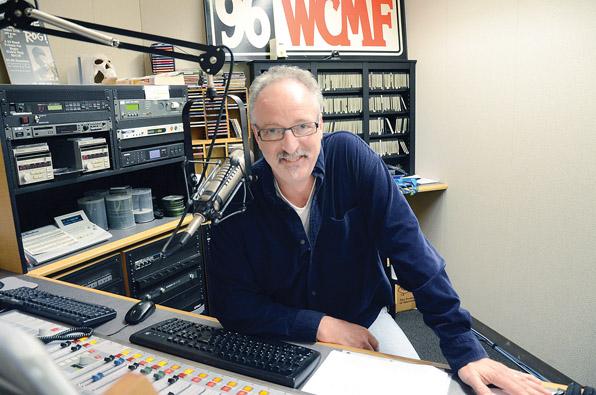
What would happen if they were aggressively marketed like the Mercedes-Benzes of the group, rather than being taken for granted their audience will always be there, supporting them, year after year?
How much bigger, influential, legendary, iconic – and profitable – could they become if they were treated as the valuable assets they are?
In a radio environment that finds itself at an inflection point – where both listening and advertising are getting less dependable by the year – it is these amazing brands that will stand the test of time – as they always have. They’re the ones that should still be with us 5, 10, or more years down the road.
Great bones.
Of course, that assumes their current owners recognize their value, not just in audience research powered by mere data, trends, and pie charts. But in their unmeasurable but well-known power to engage, sustain, and perform.
At a time when heritage brands from myriad industries are cherished by both consumers and marketers, radio broadcasters have an obligation to embrace these stations, support them financially, and staff them with the human resources required to sustain and grow them.
And make no mistake about it – great brands don’t have to be around for a half century. The ones with “great bones” in their communities and in the minds and hearts of their audiences are the ones that need more attention, and support.
They are the gifts that keep on giving, built and nurtured by broadcasters who may be long gone, but who poured their hearts and souls into these hometown stations when radio still very much mattered. Their hard work is what has sustained these brands through the modern era.
As our old friends Paul and Art remind us,
“And the vision that was planted in my brain still remains.”
As broadcast radio struggles with its future, these stations need a lot of love, today in the present.
It’s how they will remain enduring brands.
Great bones.
The new VW spot is here:
If I didn’t mention your station in my list of half century “brand survivors,” my apologies. I know there are many others who have stood the test of radio time. – FJ
- Can Radio Afford To Miss The Short Videos Boat? - April 22, 2025
- Media And Technology In 2025: Believe It Or Not! - April 18, 2025
- In Radio, You Just Never Know - April 17, 2025




Very well said, Fred. The “brands” for the stations I have been working for the last 15 years have been around for decades. WHKO-FM in Dayton (country) is about to celebrate its’ 30th year as a country station next month. WHIO-AM/FM has always been considered “The Voice of Dayton” since its’ inception in 1935.
It’s a long list of stations that stood out in their markets. But I wish there were more. Thanks, Kevin.
Can’t help but note that among the “handful of others” is WNOR, which turns 50 this year. I was privileged to spend 16 years there, and I seem to recall a certain Detroit-based consultant might have been involved in that station. In fact, I believe WNOR was the very first station he consulted.
True that, I’m sure the beginning of a list of prominent omissions. Apologies, Harvey, to you and the hard working men and women of FM99. I enjoyed my time with all of you & this venerable brand.
Hey Harvey you didn’t even bring up 98 Rock in Baltimore. 42 years and going. We do have good bones. We have rolled with the punches from embracing new technologies like our Livewire feature on our website and stand alone app. We also have the Baltimore Ravens to bolster weekend ratings and overall revenue. While still considered active rock we do play the core classic artists that helped brand us back in the 70’s and 80’s while incorporating new “alternative” artists to keep the kids interested. Longevity of air staff is also a huge component to our sound. Listeners get to know us much like WMMR in Philadelphia and all of the other great radio stations you highlighted.
Another great one, Amelia. Enjoyed my time with the staff in Baltimore. Yes, “great bones.”
This almost brought tears….a great piece that should be a must read for all radio folk.
Tom, you made my day. Thanks so much for the kind words.
Your last line, apologizing for any missed stations, says so much (as seen by the comments above) about this industry.
Isn’t it amazing and wonderful the “connection” radio makes with people–like we want and need to “brag” about “our” station–we want to make sure “our” station that we grew up on and means so much to us is celebrated, too? (I’m looking at you, KGB San Diego!)
Isn’t this why we do what we do? Isn’t this why we love radio??
Dave, thanks. I always get concerned that “memory fade-outs’ will cause omissions that will be hurtful. Thanks for the note and pointing out the truth.
Great article Fred. I feel so fortunate to have been at KISW under Beau Phillips early in my career. A truly special place, and Beau Phillips was the best in the game (and still is).
-Andy
Those reputations were made back then – and so many have held up over the years. Great to hear from you, Andy. Hope all’s well.